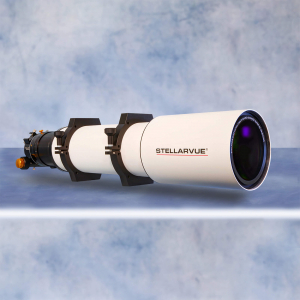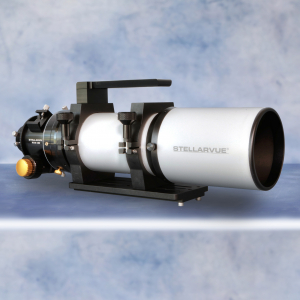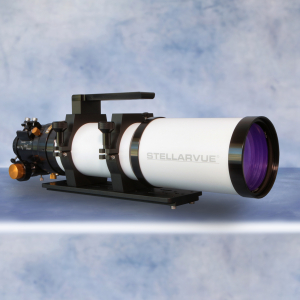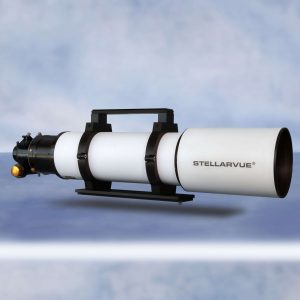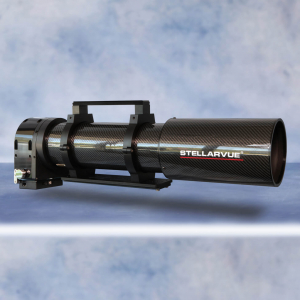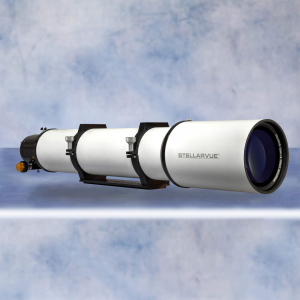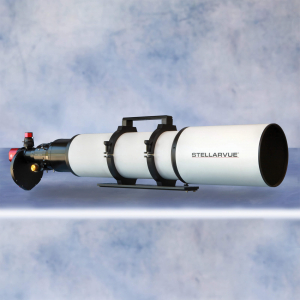
New To Astronomy
Aluminum vs. Carbon Fiber Telescopes
By Vic Maris
Which Tube Should I Choose: Aluminum or Carbon Fiber?
Stellarvue currently offers our 130 mm and 140 mm apo triplet telescopes in either an aluminum or carbon fiber tube and dew shield. We get a number of questions from customers wanting to know which is best. This page will help you decide for yourself, by giving you the pros and cons of each.Cool-Down Time
Aluminum tubes adapt to the night air rapidly, while carbon-fiber tubes can retain heat. To reduce cool-down time, our current SVX models use interior-painted carbon fiber. Customers who have purchased both have yet to complain about cool-down time, but under extreme conditions (when temperatures may drop rapidly), the aluminum tube is preferred.Durability
Aluminum tubes are painted or powder-coated, while carbon-fiber tubes are plastic-coated. Tightening the rings too much on a carbon-fiber tube can create marks on the tube. The aluminum tube is technically more durable.Aluminum tubes are threaded to accept aluminum fittings. Carbon-fiber tubes have aluminum fittings bonded to them using epoxy, which can lead to loose parts if improperly cemented. To prevent this, we at Stellarvue bond parts together ourselves using a generous overlap. Our bonding process increases durability and ensures alignment of parts during the process. That being said, threading aluminum fittings to an aluminum tube is a more durable connection.
Solar Work
Outside in daylight, our white aluminum tubes do not get as hot as black or graphite-colored tubes. For this reason, solar observers prefer white tubes. For occasional solar work, the color of the tube does not present a major issue.Thermal Expansion/Contraction
Some prefer carbon fiber since it does not contract when temperatures drop--however, lenses shorten in focal length as they cool down. This does not mean that aluminum is better in this regard; it only means that you should not select carbon fiber thinking you will never need to adjust focus as the telescope cools down. Both telescopes will require some refocus when the temperature drops.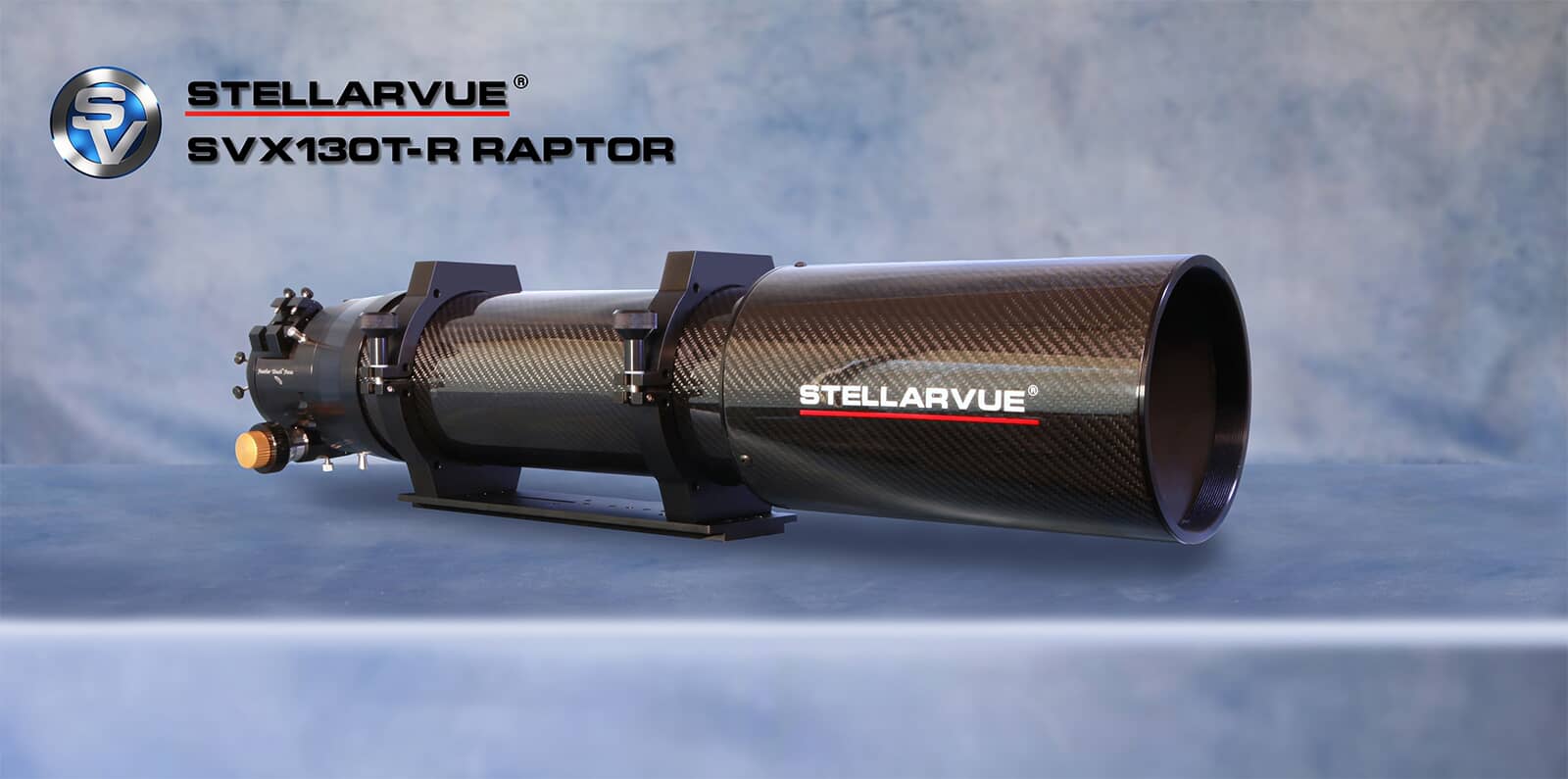
Weight
At about nine pounds each, there is an insignificant weight difference between our former 102-mm carbon-fiber telescopes and our current aluminum-tube Raptor telescopes. There is a weight difference when it comes to our 130mm and 140mm telescopes. The SVX130T-R carbon-fiber telescope weighs 19.8 pounds whereas the SVX130T in aluminum weighs about 21 pounds.The Bottom Line
You should select the tube type based on your personal preference. Carbon fiber tubes cost a little more, but may be lighter. Carbon fiber refractor tubes do not eliminate the need to refocus when it gets cold. Aluminum tubes do cool down faster, and they are more durable.






